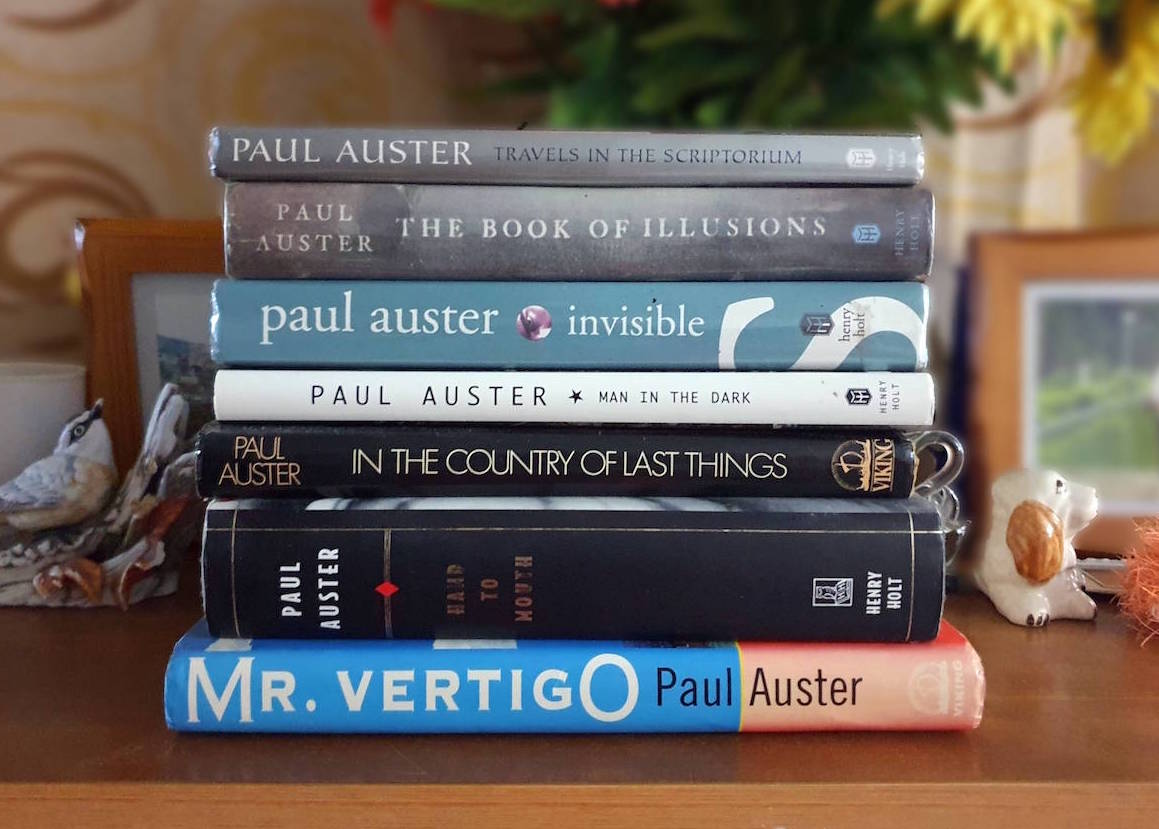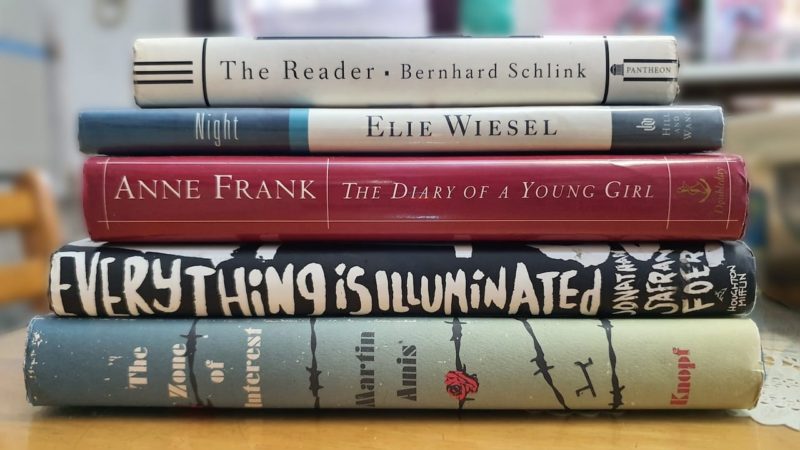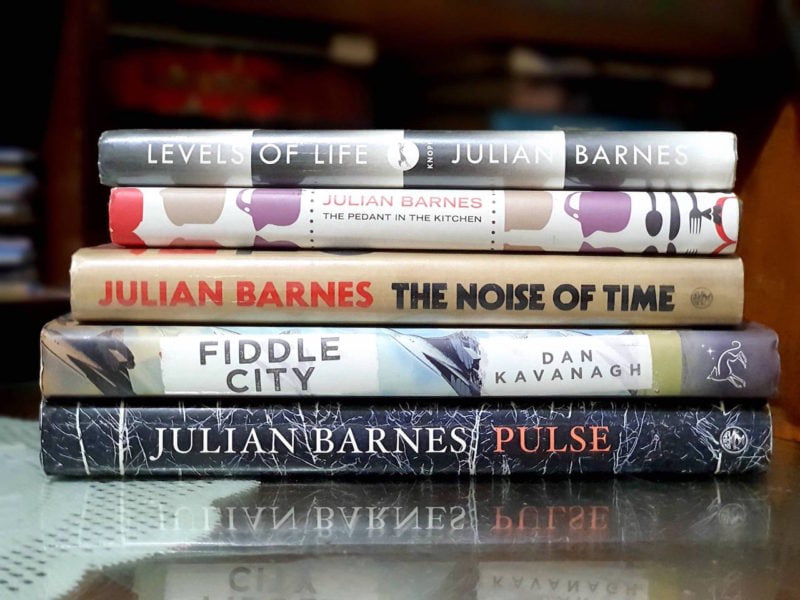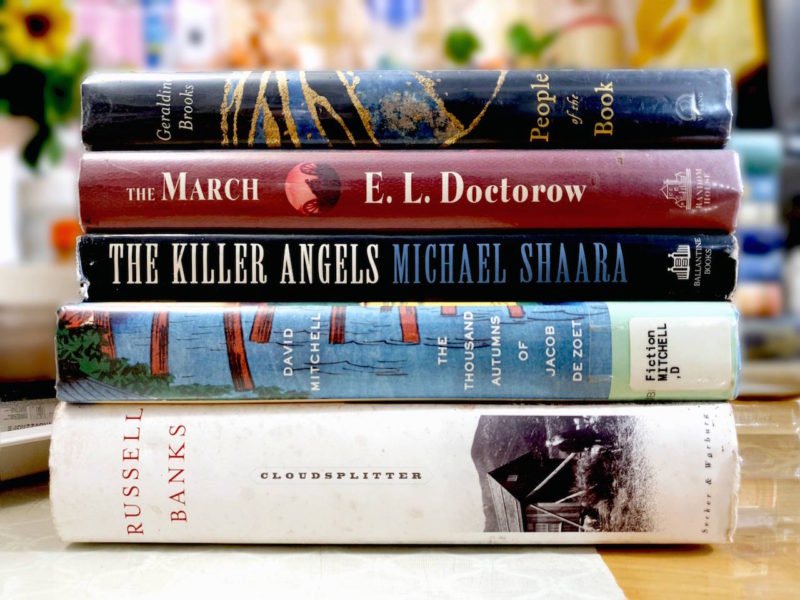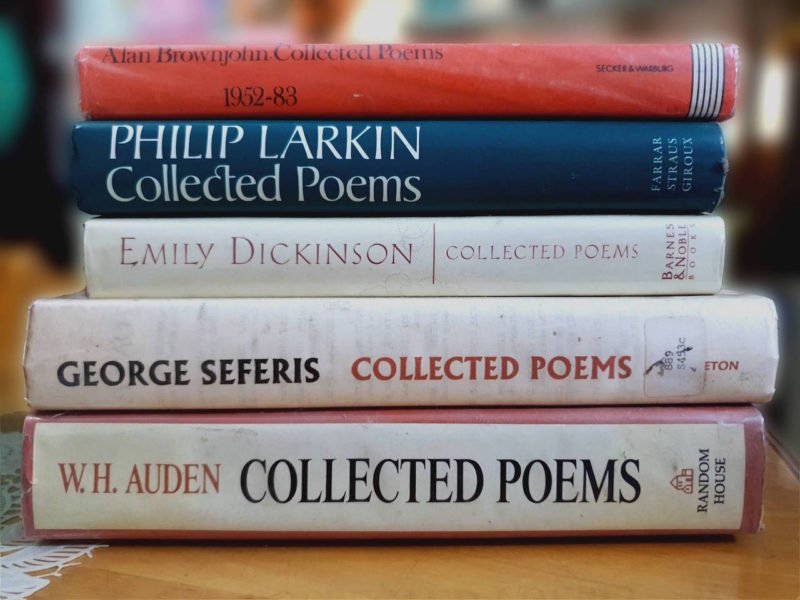Travels in the Scriptorium (2006)
Paul Auster’s novel, Travels in the Scriptorium, centers on an anonymous man as he tries to figure out who he is and how he ended up in the room where he is sitting, all the while getting visitors who happen to be characters from Auster’s previous works. Every character in the book, except the protagonist, Mr. Blank, appears in a prior Auster novel, and a number of others are referenced only incidentally.
The Book of Illusions (2002)
David Zimmer is a college professor in Vermont. He takes a writing sabbatical after losing his wife and two sons in a plane crash. He attempts to rebuild his life by studying the work of Hector Mann, a minor character from the silent film era. His interest in the strange life of a silent movie star leads him into a shadow world of lies, illusions, and unexpected love. Zimmer’s book is published, and he moves on to other projects while continuing to live as a hermit.
Invisible (2009)
Invisible is a novel with settings as diverse as Morningside Heights, Paris’ Left Bank, and the Caribbean Islands, with a story that spans the years 1967 to 2007. It’s an epic drama about teenage rage, unrestrained sex need, and a relentless pursuit of justice recounted in three voices by three separate narrators. The book is divided into four parts, each of which tells a different aspect of the same narrative from a different perspective.
Man in the Dark (2008)
Man in the Dark by Paul Auster depicts a dystopian future in which a new secession and civil war tear the United States apart following the presidential elections of 2000. The novel depicts a time when America is clearly divided into two groups: the United States is at war in Iraq in Auster’s novel, but the United States is actually engaged in a Civil War in the novel within the novel.
There are typical Auster touches in Man in the Dark. Through nested story structures, it investigates the possibility of individuals inhabiting parallel universes. August Brill, a retired book critic and widower, has trouble moving on from the loss of his wife. As he shares more details of his marriage with his granddaughter, he begins to warm up to her and tells her more and more about his marriage.
In the Country of Last Things (1987)
Paul Auster’s dystopian epistolary novel, In the Country of Last Things, is one of his best-known works. A letter from Anna Blume to a childhood friend forms the basis of the novel wherein an unknown city has fallen into turmoil and anarchy. No industry exists in this desolate landscape, and the majority of the population collects trash or scours the countryside in search of useful items to sell. Human garbage and corpses are used as fuel by city governments, and Anna has entered the metropolis in quest of her journalist brother William.
Hand to Mouth: A Chronicle of Early Failure (1997)
Hand to Mouth follows the narrative of Paul Auster, a young man who is fighting to make ends meet. Initially, Auster’s memoir deals with money and the feeling of financial struggle. It’s both amusing and heartbreaking at the same time. After laboring as a writer for many years, Auster decided to write a book about his experiences. At the same time, it is a fascinating and amusing look at what it was like for him to battle for publication and make money through writing.
Mr. Vertigo (1994)
Walter Claireborne Rawley, also referred to simply as Walt, is the main character in the book, Mr. Vertigo, authored by Paul Auster, which is a memoir written in Walt’s voice. When Master Yehudi came upon a little boy named Walt who was aimlessly wandering the streets of Saint Louis, he made a promise to the obnoxious and lonesome child. Yehudi takes Walt to a remote home in the country, where Yehudi boldly tells Walt that he can teach him how to master the art of flight.
AUTHOR PROFILE
Paul Auster is an American novelist, screenwriter, and poet who was born Paul Benjamin Auster on February 3, 1947 in Newark, New Jersey, USA. He went to high school in Maplewood, a suburb of New York City about 20 miles to the southwest, and later Columbia University. He relocated to France in the early 1970s and found work as a translator, and published a mystery story called Squeeze Play using the identity of Paul Benjamin.
His intricate compositions, some of which are mysteries, are often concerned with the search for identity as well as the importance of serendipity and chance. In his writings, he often combines crime fiction with existentialism and absurdism. His renown was enhanced by The New York Trilogy (1987), a set of original detective stories. He is often recognized as the best-known author currently writing metafiction.
The most well-known of his works, which include books, poems, and song lyrics, is “Natty Man Blues.” Also, he has always been interested in movies and is a serious student of the medium at present. Lulu on the Bridge was his directorial debut and his third film with Harvey Keitel. Before his first movie was released in 1998, he was married with two children.
Further Reading
AT HOME WITH: Paul Auster; Chance of a Lifetime by Elaine Louie, The New York Times
Paul Auster : Cruel Universe by Adrian Gargett, Spike Magazine
Paul Auster: ‘It’s distress that generates art’ by Alex Preston, The Guardian
Books: Paul Auster, Newsweek
